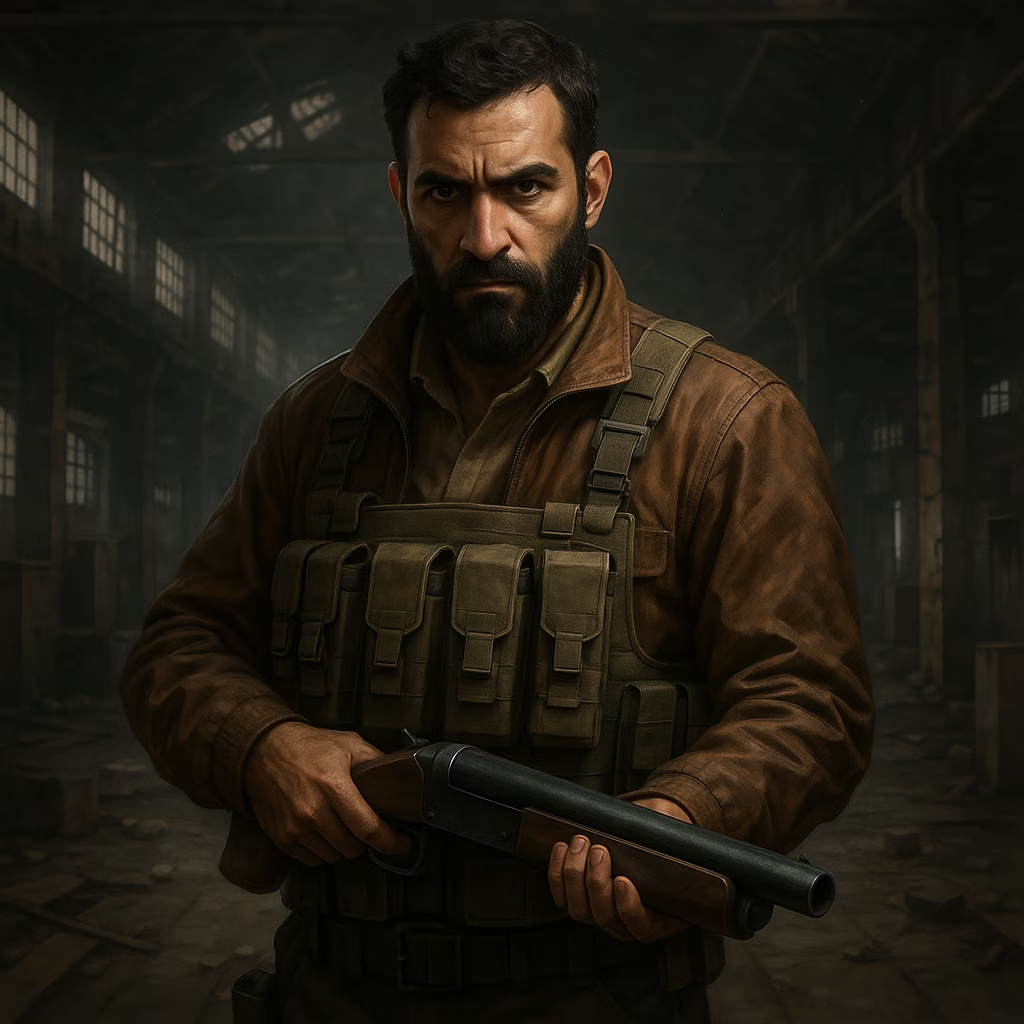Titans of Tactical FPS: CS:GO vs. Rainbow Six Siege
Counter-Strike: Global Offensive and Rainbow Six: Siege revolutionize tactical shooters with unique strategies and immersive gameplay, captivating millions.
The digital battlegrounds of tactical shooters hum with tension as two giants dominate the genre landscape. Counter-Strike: Global Offensive and Rainbow Six: Siege have redefined modern combat simulations through contrasting philosophies, each carving its niche in the hearts of 25 million monthly active players combined. Their success lies not in graphical fidelity alone, but in cultivating distinct ecosystems where split-second decisions rewrite match outcomes.

The Bare-Knuckle Ballet of CS:GO
Valve's crown jewel thrives on minimalist perfection - a 5v5 dance where economic strategy meets raw mechanical skill. The iconic Buy Menu system creates cyclical tension:
-
$500 pistol rounds where tactical positioning trumps firepower
-
Snowballing economies turning early victories into AWPs and Kevlar
-
Universal map literacy across 27 active duty arenas
De_Dust2's sun-bleached corridors demonstrate this philosophy. Its chokepoints and rotation paths have become communal knowledge through two decades of iterations, yet still birth novel strategies like 2024's "boosted window peek" meta. The simplicity breeds complexity - 78% of pro matches end through bomb detonation/defusal despite 11 alternative win conditions existing.
Siege's Chessboard of Destruction
Ubisoft's tactical behemoth reimagines environmental storytelling through dynamic destruction. Operators like Sledge and Mira transform static maps into evolving puzzles:
| Operator Type | Strategic Impact |
|---|---|
| Breachers (Hibana) | Create sightlines & flank routes |
| Intel Gatherers (Valkyrie) | Rewrite defender advantages |
| Trap Specialists (Frost) | Manipulate enemy pathing |
The 2025 Operation Solar Raid update introduced reactive plaster that crumbles differently based on bullet caliber - a detail altering breaching strategies overnight. This living battlefield philosophy extends to meta shifts; the 53rd operator, Osa, forced teams to reconsider vertical play after her transparent shields enabled daring window pushes.
Customization: Vanity vs. Vitality
Both titans approach loadout personalization through opposing lenses:
-
CS:GO's cosmetic economy 🎨
-
1.4 million unique weapon skins
-
$100 million annual skin trading
-
StatTrak™ counters as digital trophies
-
Siege's functional modding ⚙️
-
45,000+ attachment combinations
-
Compensator vs. Flash Hider recoil debates
-
Operator-specific gadget synergies
Yet beneath surface differences lies shared DNA - the "one more round" addiction loop. CS:GO's 2-minute rounds create snackable intensity, while Siege's preparation phase (20% match time) builds suspense through drone scans and wall reinforcements.
The Future of Virtual Warfare
As neural interfaces begin infiltrating gaming (SteamNeuro SDK beta), both franchises face existential questions:
-
Will map knowledge become obsolete with AR overlays?
-
Could operator abilities transition into cybernetic implants?
-
Should destruction physics account for material fatigue?
The real magic lies in how these games make players feel like battlefield architects. Whether it's CS:GO's purist gunplay echoing through Nuke's reactor core or Siege's defenders rewriting Bank's layout through shotgun renovations, both titles master the art of controlled chaos. But as AI teammates enter ranked queues and VR tac-vests simulate bullet impacts, one must wonder: Will human creativity remain the ultimate tactical advantage in increasingly realistic simulations?